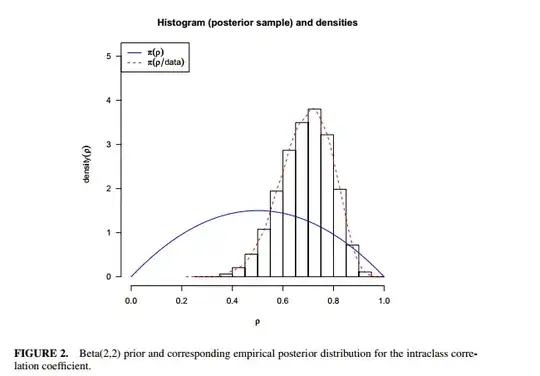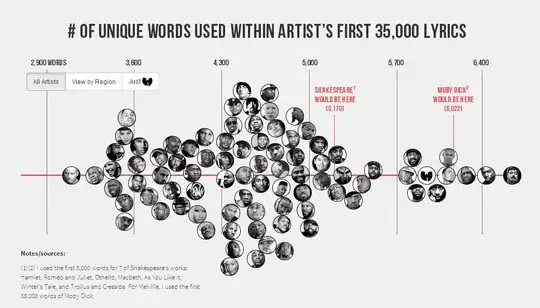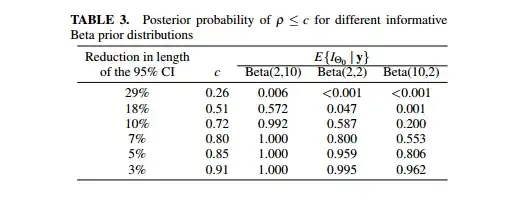As we are in a Bayesian paradigm, the Bayesian interpretation of probability may be a good candidate.
Meaning of the curves:
- $\pi(\rho)$ is the prior density i.e. a prior characterisation on belief (or abscence of belief) about the parameter $\rho$ value (independently from the data).
- $\pi(\rho|data)$ is the posterior density i.e. the updated state of knowledge on $\rho$ after having account for the data.
Having say that, in a continuous setting, we must be cautious about interpreting density in a point-wise basis (e.g. as you state $p(\rho)>1$ is allowed, see also What's an intuitive explanation for why MAP is variant under parameterization?)
Then regarding your last comment $\pi(\rho \in [0.6,0.8] | data)$ represents the belief $\rho$ is in $[0.6,0.8]$ after having observed the data. Conversely the highest posterior density (HPD) interval (which will be something close to [0.6,0.8] in your case), gives you the smallest interval covering a given subset (typical 95%) of the belief and can be interpreted as a reasonable range for the actual value of $\rho$ (when the posterior in unimodal).



